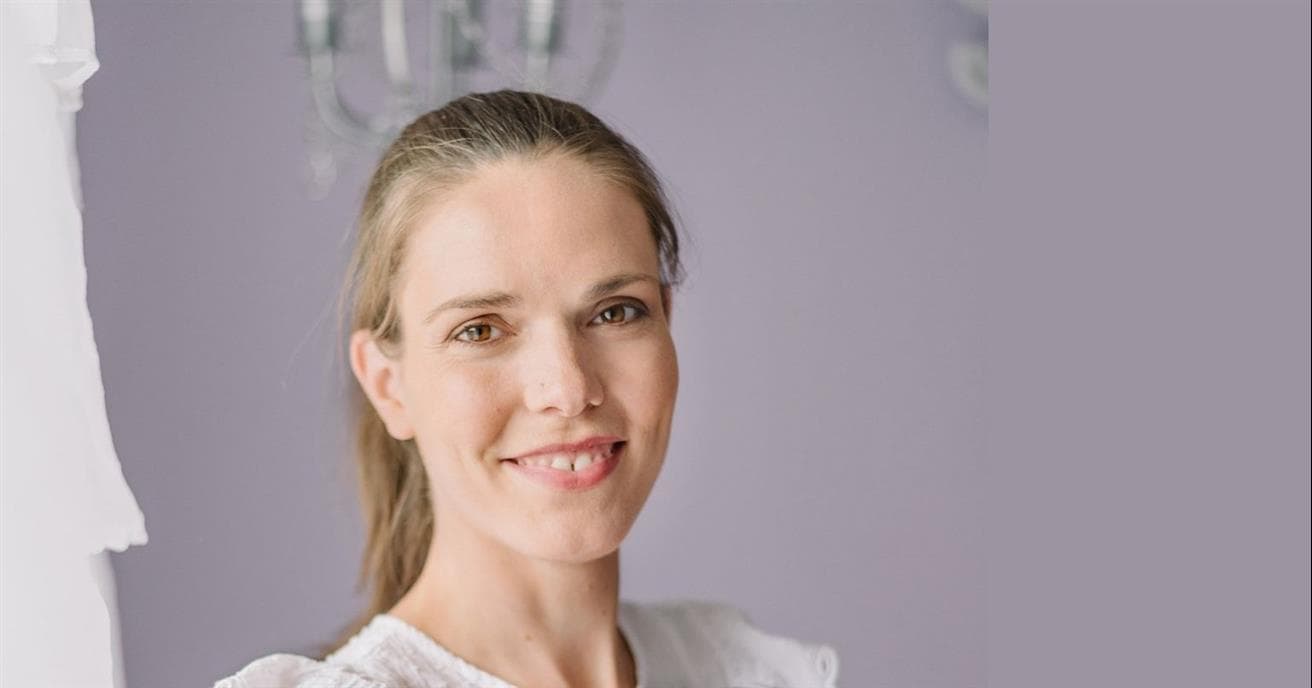“My parents always taught my siblings and I to respect the environment. They taught us to think about how our actions affected the world around us,” says Leah. “It really influenced me to pursue a career in the environmental field.”
As a senior environmental engineer in Suncor’s Enterprise Technical group, Leah now works directly on ways to lower greenhouse gas (GHG) emissions across the company’s operations.
“It’s really exciting to be on the front lines with the energy transition and helping Suncor to evolve into a low-carbon business,” says Leah, who joined Suncor in 2007. “We have worked hard to lower our emissions for many years but being a part of the Oil Sands Pathways to Net Zero alliance has increased the strategic importance.”
Suncor aims to be a net-zero greenhouse gas emissions company by 2050 and has a target to reduce annual emissions by 10 megatonnes by 2030. Low-carbon power, including cogeneration, is one of the components to meet these targets.
“We already use cogeneration at our operations at Base Plant, Syncrude, Firebag and Fort Hills,” says Leah. “It takes a lot of heat to extract the bitumen – the product that we eventually turn into crude oil – from the oil sands. In cogeneration, we combust natural gas in turbines to generate electricity. We use the waste heat from this process to make steam. So we end up with two products, steam for our bitumen extraction and power for our operations. Since we produce more power than we need, we export the excess to the grid. From an emissions perspective, the GHG intensity of cogeneration power is approximately 75 per cent lower than coal-fired power generation, something that still exists on Alberta’s grid today.”
For more information on how cogeneration works, watch this short animated video.
Suncor is building on that success with a project to replace aging boilers that use petroleum coke with new cogeneration facilities at our Base Plant operations. In addition to providing the facility with the steam needed for operations by replacing coke combustion with natural gas cogeneration, these units will produce 800 megawatts of electricity, roughly seven per cent of the current power demand in the province.
“It’s a great example of how Suncor is constantly looking for opportunities to switch to lower GHG-intensive fuel sources so we reduce our emissions,” says Leah. “It also supports Alberta’s transition away from coal and towards more sustainable energy sources.”
Cogeneration alone won’t reduce emissions but Leah sees it as a demonstration of industry’s commitment to finding answers. “The engineer in me knows there’s no one magic solution in emissions reduction. It’s going to take a lot of different technologies and efficiencies to get to net-zero. Carbon capture and storage and hydrogen are going to play a big part,” she says. “But I’m proud of Suncor’s commitment to making this transition a reality.”
And that pride is something Leah shares with her two daughters, aged three and five.
“My parents taught me to respect the environment when I was very young and that’s something I’m passing on to my children.”
To learn more about Suncor’s commitment to sustainability or download our Report on Sustainability or Climate Report, go to sustainability.suncor.com.


